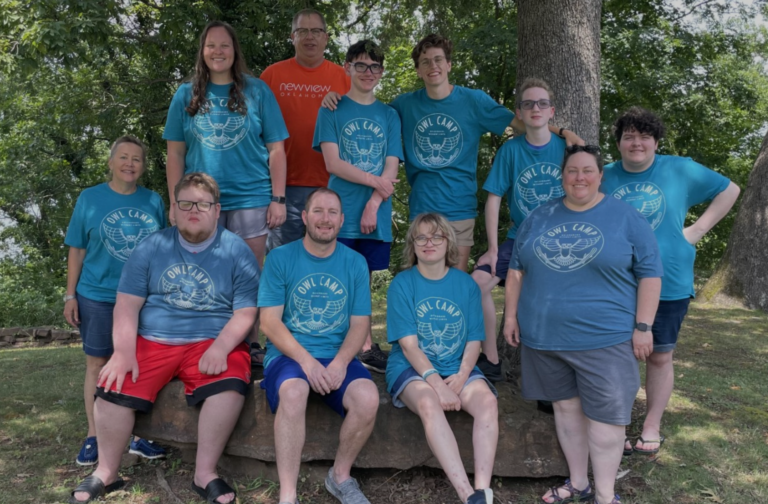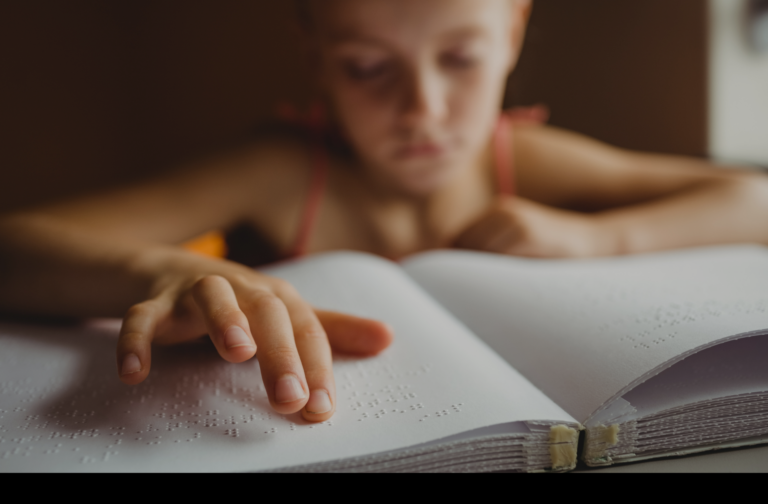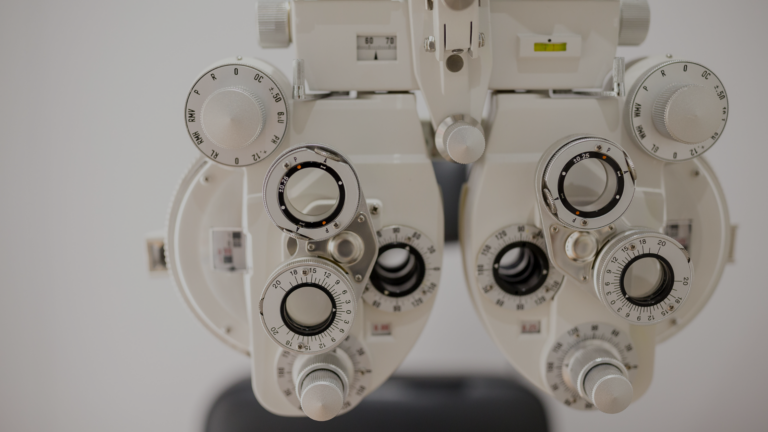Vision therapy and traumatic brain injury
From sports injuries to blasts experienced in military combat and everything in between, it is common to hear individuals say that they feel like a different person after experiencing a concussion, which is considered a mild traumatic brain injury. An estimated 1.7 million traumatic brain injuries occur in the U.S. every year, and approximately 5.3 million Americans live with a traumatic brain injury causing a disability.
Traumatic brain injury (TBI) commonly results in eye-related symptoms that can have a lasting effect on an individual’s daily living. The ability to read may become the most challenging task, even though the individual was an avid reader before. Symptoms related to a TBI include but are not limited to, eyestrain, light sensitivity both outdoors and indoors, doubled or blurred vision, headaches, words appearing to move on the page, loss of peripheral vision, balance disturbances, or nausea.
The groups that have the highest risk of experiencing a TBI are ages 0-4, 15-19, and adults 65 years and older. Within these groups, males have a higher incidence than females, which are commonly the result of a fall. Ages 20 to 24 most often experience a TBI from a motor vehicle accident.
Due to the brain’s plasticity, vision therapy (VT) by an optometrist has been proven to benefit individuals with eye-related symptoms resulting from a TBI. Plasticity is the brain’s ability to reorganize itself by forming new neural connections during development and after an injury or disease. The process can begin as soon as one hour after diminished input to a portion of the brain. The natural recovery process can take up to weeks, months, or even years to complete. In some cases, the process never completes. I like to think of it as the eyes recalibrating to the brain since the eyes are an extension of the brain.
With the help of VT, we can help speed the process along, or in some cases, allow for it to finish completely. VT addresses the areas that cause the above-mentioned symptoms by focusing on one’s ability to stay fixated on an object, follow an object, look from one object to the next, focus on an image at close range and look up close and far away. VT can even help correct an eye turn caused by a cranial nerve palsy.
In some cases, immediate, temporary relief can come from a pair of glasses. This can be done by prescribing a bifocal to help with their reduced ability to focus up close, adding a prism to help expand their field of view, or using a prism to redirect the image to remove double vision. VT cannot correct all cases of a TBI but will help most cases with eye-related symptoms.
Optometrists and VT have a vital role in the comprehensive rehabilitation of individuals suffering from eye-related symptoms associated with a TBI. VT helps them return to school, work, and/or sports, living life to the fullest.






